4 Problems With Color-Matching Paint That Not Enough People Talk About — "Complex Pigments Are Nearly Impossible To Replicate"
Getting the perfect paint color is integral to perfecting your interior design, but experts say color-matching could be hindering you rather than helping

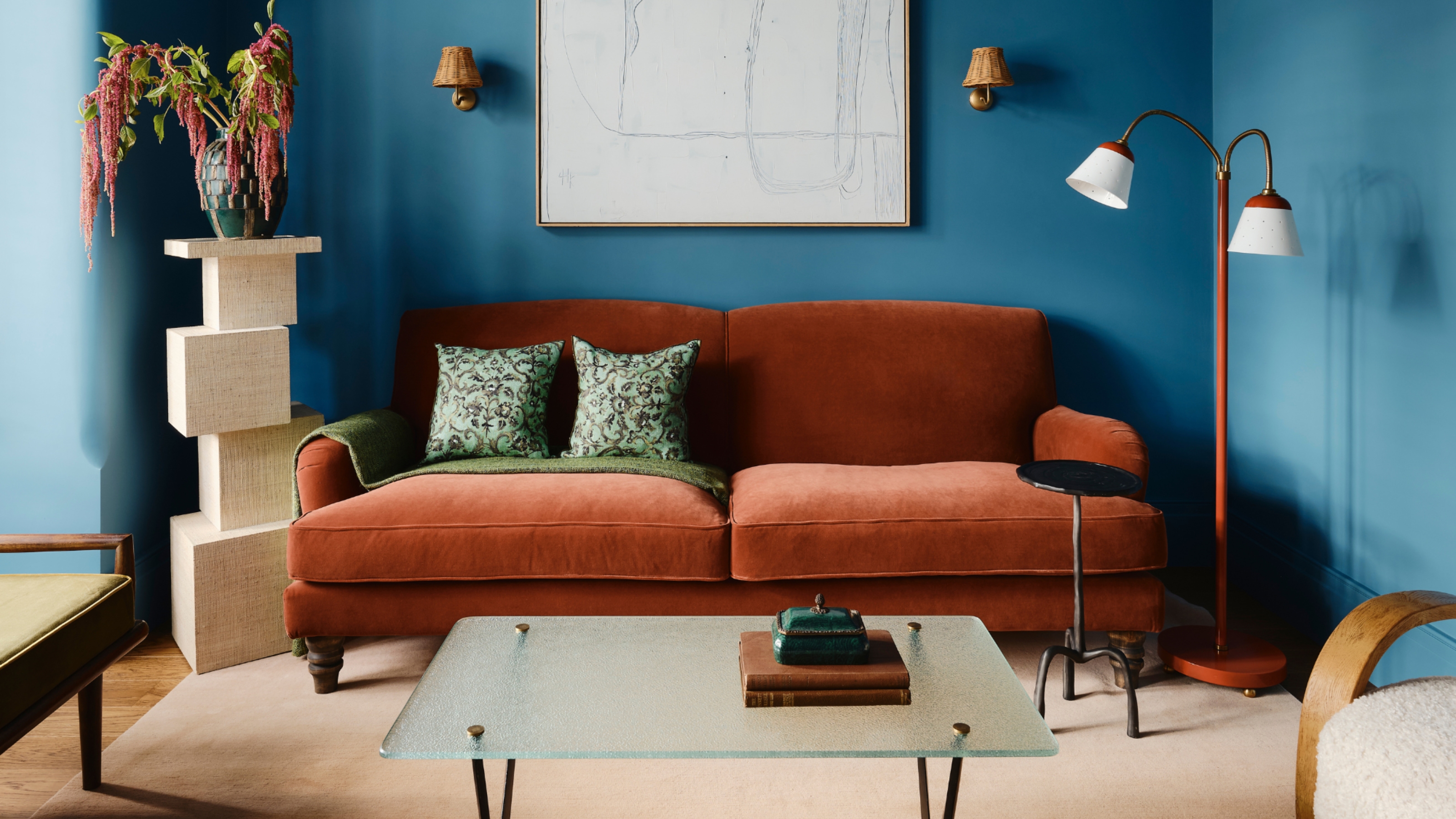
We all know the struggle of finding the perfect paint color. Perhaps you've got something specific in mind, or you're still searching for the right shade — either way, we all know the impact color can have on a room. But before you start cutting corners, it's worth asking yourself: does color-matching paint work? Unfortunately, often not.
While color-matching seems like a tempting solution, Phil Robinson, founder of Paint the Town Green, says it's often more complicated than you might realize. It's certainly not an exact science, "so you are always going to be at the mercy of how accurately the color will be matched," he notes.
He adds that this paint technique may be better referred to as color "imitation," as there's no way to know whether you've actually matched the original shade or just found something similar. Below, we break down whether color-matching paint works, and the problems you should know before you try.
1. You May Be Sacrificing Quality
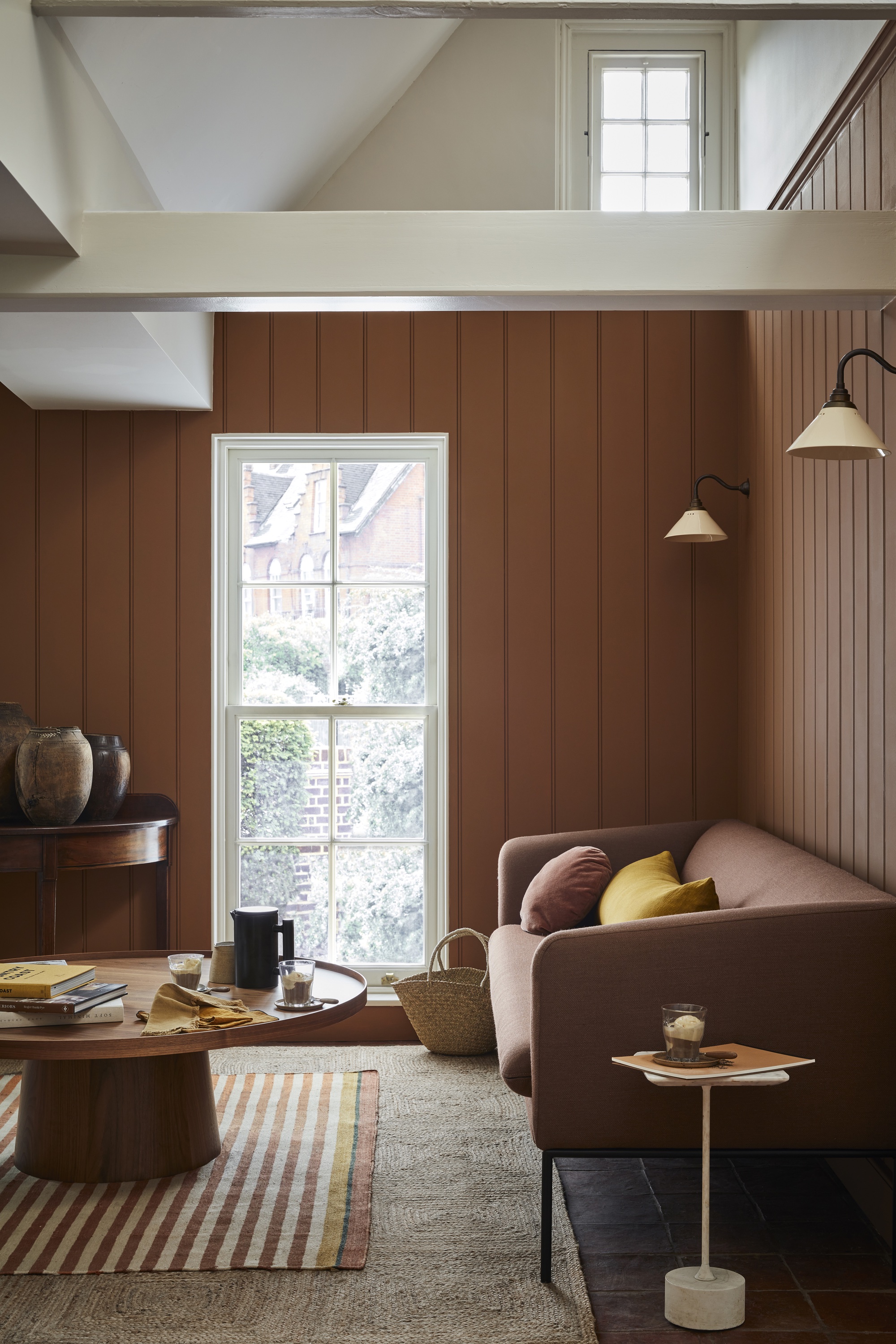
"As soon as you decide to color match, you must accept that the color and finish you get will not be identical to the original," says Paint the Town Green's Phil Robinson.
Color matching paint typically involves scanning a physical sample, like a paint chip or a fabric swatch, with a tool called a spectrophotometer. This reads the color’s makeup and attempts to replicate it using a particular paint formula.
And while that sounds highly scientific, there's also still an art to it. "Many of the best paint brands have complex pigments that are nearly impossible to replicate identically," notes Florida-based interior designer Laetitia Laurent, founder of Laure Nell Interiors.
Therefore, if you choose to color match your paint, it's likely you won't end up with a space that looks as expensive or design-forward as the one you're trying to recreate. It's better to choose a shade, style, and finish that suits the specific room you're decorating to get the best quality for your space.
The Livingetc newsletters are your inside source for what’s shaping interiors now - and what’s next. Discover trend forecasts, smart style ideas, and curated shopping inspiration that brings design to life. Subscribe today and stay ahead of the curve.

Phil Robinson started his career as a session musician. Between touring commitments, he worked for Sarah Beeny and then for a number of construction companies and interior designers, where he learnt the craft of decorating and project management. This eventually led to him setting up Paint the Town Green in 2007. He is a guest lecturer at KLC School of Design and a member of the Guild of Master Craftsmen. Phil's ambition is for Paint the Town Green to rewrite the rulebook of decorating.
2. Color-Matched Paint Won't Interact With Light in the Same Way

Today's color trends favor heavily pigmented paints, and one of the best features of these deeper hues is how they interact with the changing light throughout the day. This is an important quality to consider when color matching.
The way lighting affects paint color is complex. For instance, a navy blue will look different in morning light, midday sun, a soft evening glow, and artificial lighting. Paint matching, a more two-dimensional color copy, won’t support the same relationship in the same way.
Furthermore, if the paint you are trying to match has a different sheen level from the original, this can also impact the accuracy of the match. "This is because different sheen levels reflect light differently, which impacts our perception of color," adds Phil.
In many lights, color-matched paint may be discordant with the rest of your interior. "That’s why we always test a sample in the actual space, and do so at different times of day," says Laetitia. "It’s the only way to truly understand how the color behaves in context with the room."

Laetitia Laurent is an international award-winning interior designer based in Boca Raton, Florida. Her interior design firm "seamlessly blends European design principles with her Parisian heritage to elevate residential interiors." Laetitia travels globally to explore design from around the world and bring influences back home to her work.
3. There's Always the Risk of Incorrect Matching
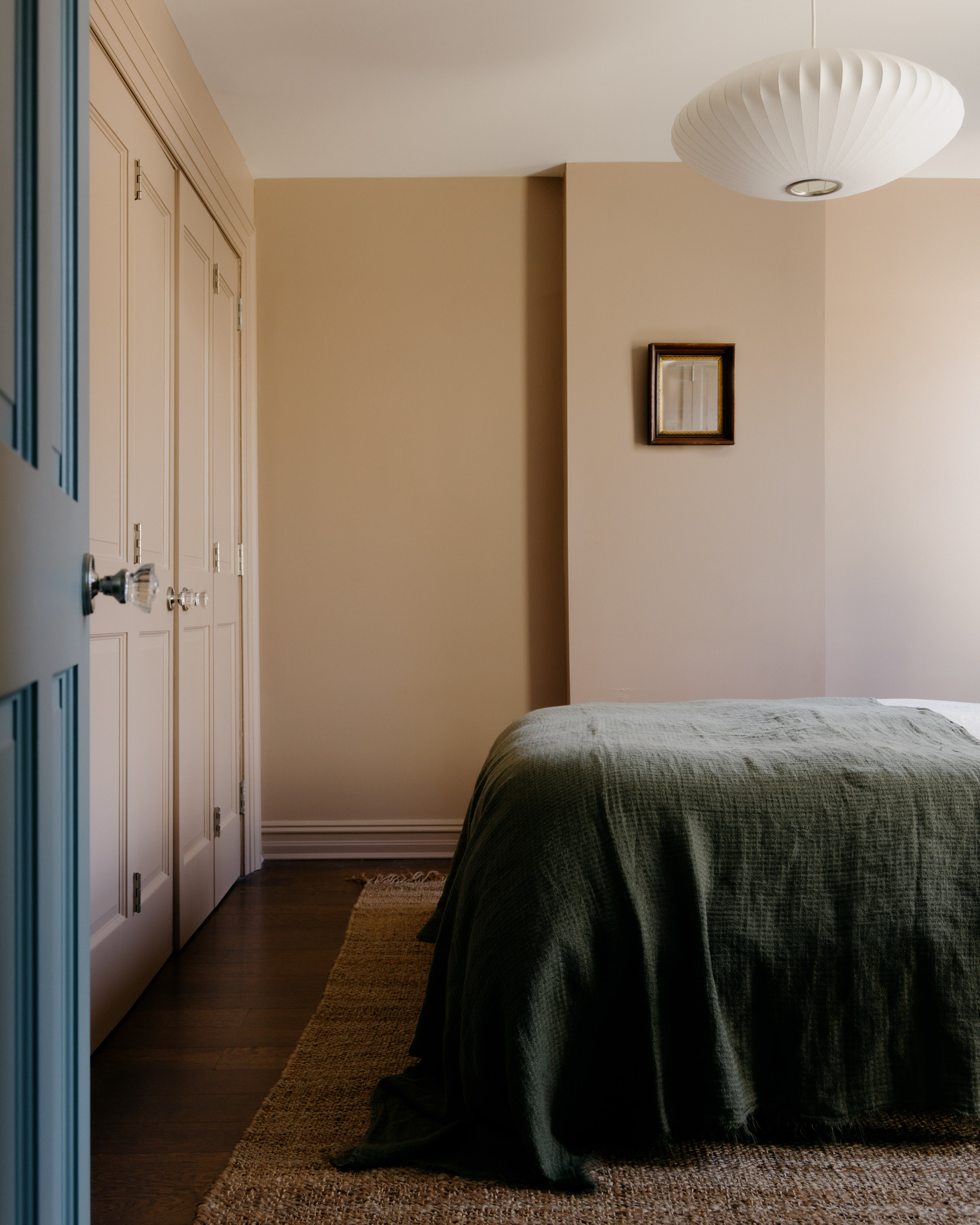
But perhaps the biggest problem with color-matching paint is that you run the risk of it not perfectly matching, and unfortunately, it's one of the most common painting mistakes. In order to match a sample, it really needs to be done by an extremely qualified expert.
Interior designer, paint expert, and founder of Pretty in Paint, Tila Lee, says, "Without the right depth of experience necessary to get colors to an exact match, you can end up with a paint that looks nothing like the color you are hoping for."
Having a keen eye for color theory and knowledge of the process is essential. So, if you are opting for a color-matched pigment, be sure to work with a trusted paint brand, take a sample that is true to what you are looking for, and test it in your space before you begin, to avoid disappointment.
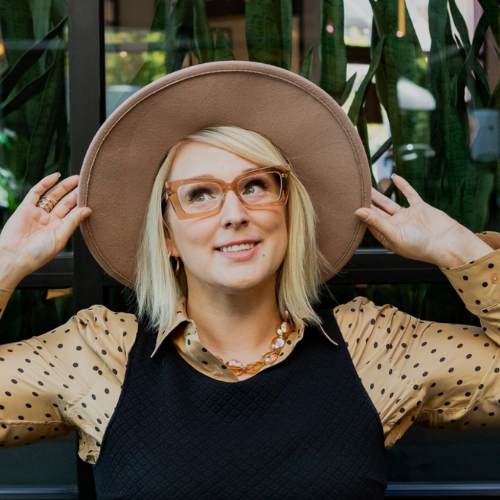
Tila Lee is a designer and the founder of Pretty in Paint, a female-led company based on the initiative to help people thrive in their DIY, design, and renovation projects. Tila also works to help people learn about painting as a career. Now she focuses on spreading the knowledge she gained from her experience in the home improvement and paint industry, with a passion for helping design dorks like herself elevate their homes as well as their lifestyles.
4. You May Be Taking the Wrong Sample Size
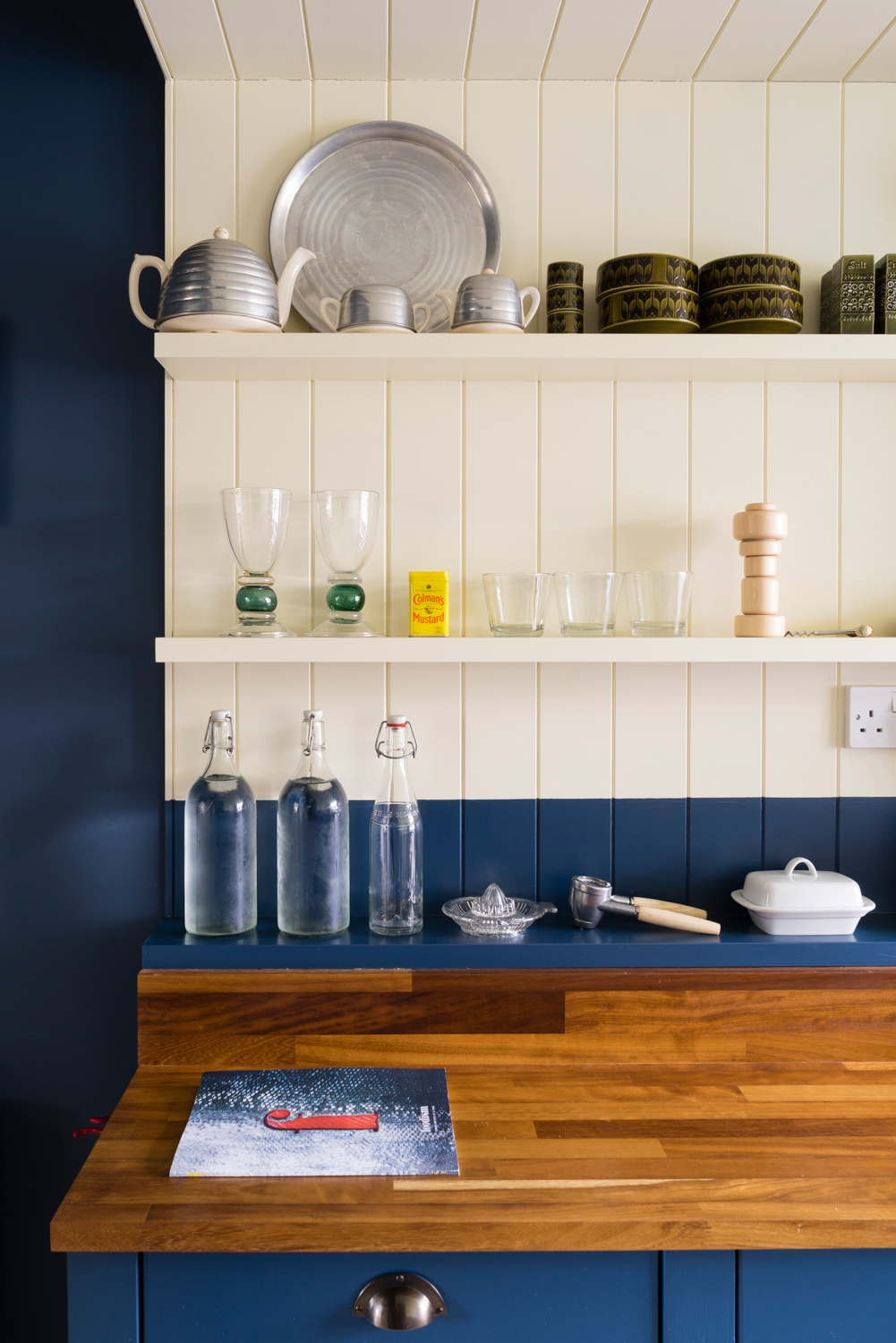
When taking a sample to be color-matched, there are a few important rules you need to adhere to, as "even the subtlest inconsistencies in the original sample (like age, lighting exposure, or surface texture) can throw off the match," says Laetitia.
For instance, the sun can fade paint on certain walls and areas (especially when working with paint in south-facing rooms) without you realizing it. To avoid this, "always make sure you take from an area that is least likely to be faded, dirty, or marked up," adds Tila.
On top of that, your sample should be as large as possible — at least an inch in size, ideally more. You can take a sample easily from your wall or furniture piece with a tool like a paint scraper or utility knife. However, "bringing in an old paint can (with still usable paint) allows for an even larger sample to be painted out and matched to," says Tila.
Color matching can be incredibly helpful when it comes to choosing the best paint color, but it's certainly not foolproof. It's best used when "you’re trying to coordinate with a beloved existing piece — like vintage wallpaper, a family heirloom, or a favorite textile — and you want to echo that tone in paint," says Laetitia.
But when it comes to choosing a new color for a larger space, it's best to avoid this approach if you can, and instead, focus on finding an original shade that complements the specific space, creates the feeling you're trying to curate, and makes it a unique space that other's might even want to color-match themselves.

Olivia Wolfe is a Design Writer at Livingetc. She recently graduated from University of the Arts London, London College of Communication with a Masters Degree in Arts and Lifestyle Journalism. In her previous experience, she has worked with multiple multimedia publications in both London and the United States covering a range of culture-related topics, with an expertise in art and design. At the weekends she can be found working on her oil paintings, reading, or antique shopping at one of London's many vintage markets.


